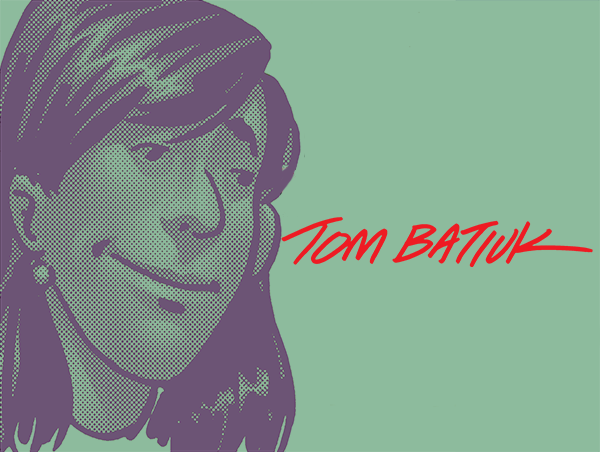×

Subscribe to Receive the Latest Updates
Subscribe to receive our monthly newsletter.
Published April 10, 2008
By Claire Lui
When the Pulitzer prizes and finalists were announced on Monday, April 7, the name Funky Winkerbean stood out in the sea of investigative reporter bylines. Written by Tom Batiuk, the funny-page staple was named as one of two finalists in Editorial Cartooning, making it only the fourth comic strip to be named as Pulitzer prize winner or finalist. (The other three? “Doonesbury,” by Gary Trudeau, which won in 1975, and was also a finalist in 1990, 2004, and 2005; “Bloom County,” by Berkeley Breathed, which won in 1987; and “For Better or For Worse,” by Lynn Johnston, a finalist in 1984, and which lost to Michael Ramirez, an editorial cartoonist who also won this year.)
Batiuk was recognized for Lisa’s Story, a series of strips where Lisa, one of the main characters in the Funky Winkerbean universe, dies of breast cancer. The story was originally introduced in 1999, and Lisa’s cancer went into remission. Speaking on the phone from his home in Ohio, Batiuk said that when he had finished Lisa’s story the first time, “I thought I had said the last word.” After being diagnosed with cancer himself – he is now in remission – Batiuk realized that there was more to tell. “It gave me some insights, and made me realize that there was a deeper story, a more emotional story to tell.”
The 2007 conclusion of Lisa’s Story was unusually grim for the funny pages. Considering how many readers who had tried to convince Lynn Johnston from having Farley, the family dog, die in “For Better or For Worse” in 1995, Batiuk’s decision to have a major character die in a comic strip was risky. The reaction to Lisa’s Story was swift and significant – more than 7,000 emails from mostly supportive readers, many of whom had followed the strip since it began in 1972. “I don’t think anything I’ve ever done or will do will match the response that I got,” he says.
He received a fair dose of criticism as well. Batiuk groans a little when he recalls how many of his readers felt that comics were, by definition, cheerful. The angry readers “defined comics as only something that’s funny on a childish level, and that I was not being faithful to my contract.” (These readers were not referring to an unspoken contract between an author and his readers to entertain, but rather to Batiuk’s actual contract with King Features Syndicate, which they seemed to believe required Batiuk to remain light in his comic matter.) “I was offended that they were offended because they felt a comic strip couldn’t be serious,” he said. Others wrote in to ask for a happy ending. “That’s when the emails got very intense,” he said. “It was probably the toughest strips in the series I had to write, and I had to be as honest as I could,” he said.
In the final strips of the series, Batiuk indulged in some “magic realism,” as he calls it, placing Lisa in an all-white room, with nothing in the background, allowing Batiuk to show her having conversations with her husband and other characters, even though she was ostensibly in a coma.
It was an ambitious move, one that even the ever-mocking Josh Fruhlinger, of The Comics Curmudgeon, and his commenters, admired. Fruhlinger described the death character as the “Phantom of the Opera/’Puttin’ on the Ritz’ guy,” but on the day of Lisa’s death, the final strip of the storyline, he wrote a rare compliment, saying that in Lisa’s Story, “This series was undeniably trying at something a little grander.”
After Lisa’s Story concluded, Batiuk brought Funky Winkerbean into a time warp, fast-forwarding the story ten years into the present day, where the strip has remained. “I always wanted the characters to grow, but I wasn’t good enough – like Frank King [who drew “Gasoline Alley”], to get them to the age they needed to be.” The artificial jump, which had happened once before in Funky Winkerbean’s history, allowed Batiuk to show Lisa in videos and other flashback devices.
Considering that most of the finalists and winners of the editorial cartooning Pulitzer prizes have been overtly political artists whose work is for op-ed pages, Funky Winkerbean’s appearance on the Pulitzer list acknowledges the role and impact that the daily funnies have in people’s lives. “It came as a very pleasant surprise,” Batiuk says of the Pulitzer finalist nod. “I refuse to define newspaper strips so narrowly. I think you can create a work of substance with comic strips.”


